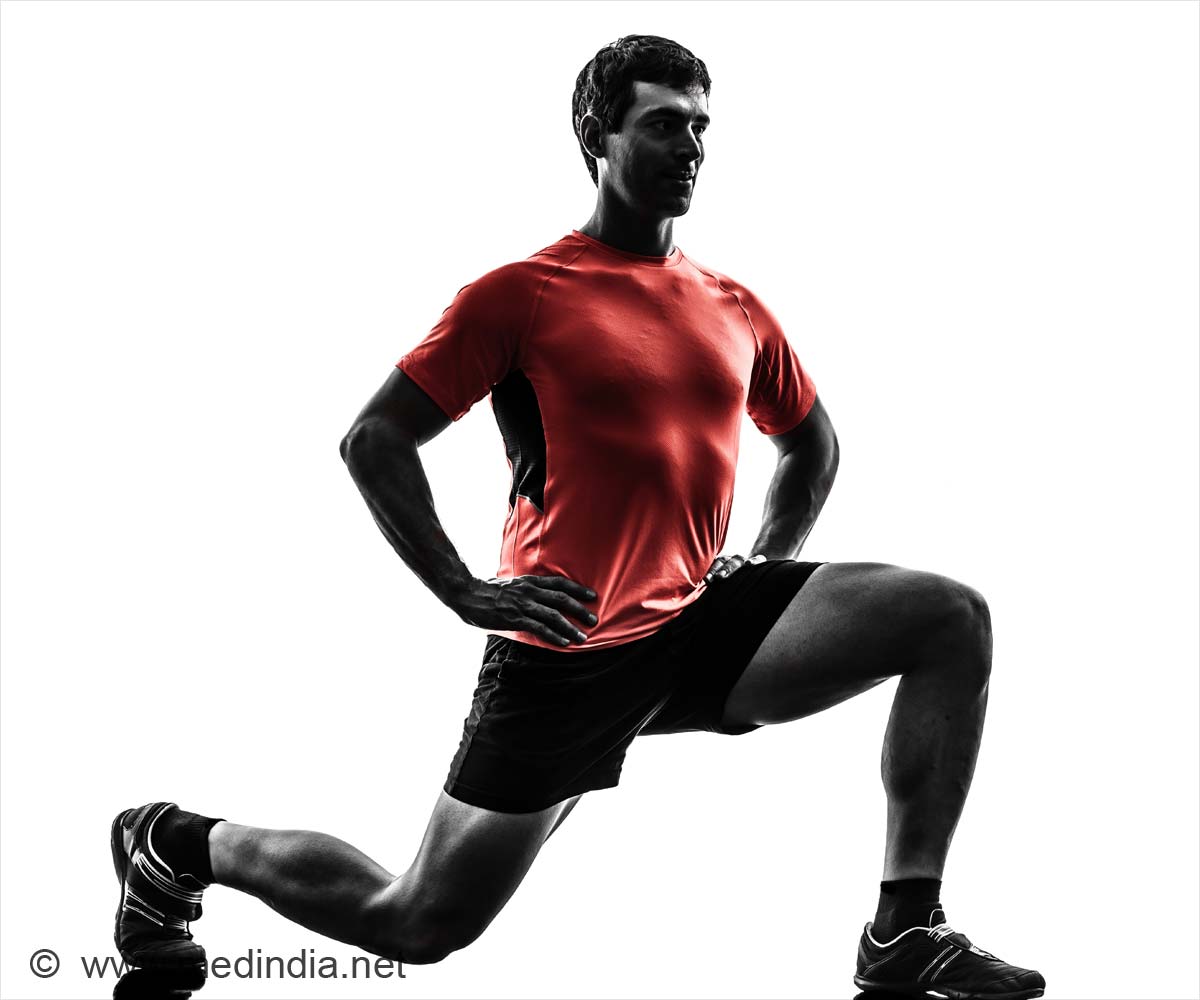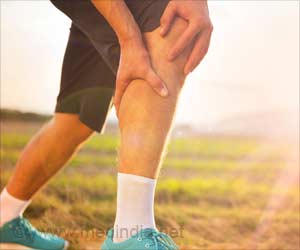
- Unilateral training balances muscle strength between both sides of the body
- Cross-education helps strengthen the non-working side during exercise
- Plyometric movements increase power and stability in advanced training
Unilateral exercise involves movement to a particular leg and arm, or on one leg/arm at a time to a particular degree. This is different from bilateral training where two sides of a body are trained at the same time. This way by entering unilateral movements, we guarantee the equal and balanced load on both left and right body parts rather than choosing the left or right side predominance (1

The Benefits of Unilateral Training
).
Some of the advantages of this method are, it corrects muscular imbalances, balance, strength and controlling injuries.
Advertisement
Key Benefits of Unilateral Training
Corrects Muscle Imbalances: Because these exercises focus on one side of the body, it is helpful in managing muscle imbalances between the strong and weak sides of the body.
Improves Balance and Stability: As they exercise one side of the body at a time, this functional training increases the coordination and stabilization, hence increasing balance.
Core Activation: In unilateral exercises, even the muscles around the core are used in creating balance during the exercise.
Prevents Injuries: Sidelining each side also prevents overuse types of injuries due to some levels of imbalance or restricted movement.
Facilitates Rehabilitation: Isolated training can, in fact, activate the damaged parts of the body marginally and therefore help the affected parts heal quickly.
Advertisement
Cross-Education of Muscles: A Neural Benefit
Another major benefit of unilateral training is that it is known as cross-education. Meanwhile, the non-working side of the body also benefits from strength training because of increased neural activation. This occurrence is due to the fact that neural pathways that were utilized during an unilateral exercise also cross with those on the opposite side of the body to activate the muscles being exercised.
Application of Cross-Education:
Greatest Impact on Lower Body: Cross-education is most effective with lower body muscles.
Eccentric Contractions: Prolonged movement (type eccentric) known to be more beneficial in cross-education as compared to the short time movement (concentric) or static movements (isometric) of the involved muscle group.
Example: Doing a right-leg knee extension strengthens the left quadriceps but does not affect the left hamstring.
Advertisement
Types of Unilateral Exercises
Lower-Body Unilateral Exercises:
- Side Lunge
- Forward Lunge
- Backward Lunge
- Single-leg or “Pistol” Squat
- Box Step-Up
Upper-Body Unilateral Exercises:
- Single-Arm Dumbbell Shoulder Press
- Single-Arm Lateral Raises
- Single-Arm Rows
- Single-Arm Triceps Extensions
- Single-Arm Biceps Curls
Incorporating Unilateral Plyometric Exercises
Plyometric exercises are high intensity activities that enhance power, strength and speed. Adding unilateral plyometric movement into a training schedule boosts these gains because one side of the body is trained at a time. These exercises increase in the intensity and therefore, the process must begin with low intensity exercises, before introducing high impact movements as the strength and confidence of the person increases.
Unilateral Lower-Body Plyometric Exercises:
- Low Difficulty: Single-leg push-off, lateral push-off
- Medium Difficulty: Lateral box jump, jump split squat
- High Difficulty: Single-leg vertical jump, single-leg tuck jump
Going for unilateral training is a great way to strengthen the weak side of the body, to balance the strong one, and to avoid injuries. It comes with some rather special features, such as neural cross-education; the method also lets for various progressions with the help of plyometric training. The use of unilateral movements in enhancing a particular training can guarantee balanced and general improvement.
Reference:
- The Benefits of Unilateral Training – (https://www.acefitness.org/resources/pros/expert-articles/7035/the-benefits-of-unilateral-training/)
Source-Medindia



